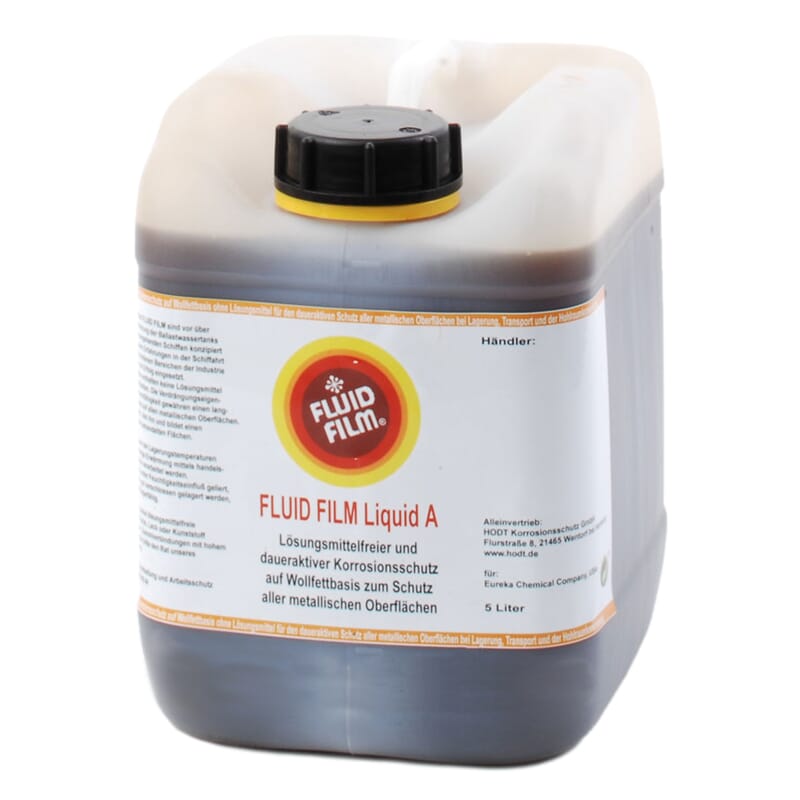Fast Facts: Discover the Drying Time of Fluid Film
Fluid Film is a protective anti-corrosive coating widely used for vehicles, machinery, and other metal surfaces. Its popularity stems from its exceptional ability to repel moisture and prevent rust. However, understanding how long it takes for Fluid Film to dry is crucial for achieving optimal results. This article provides a comprehensive guide on the topic, answering frequently asked questions and offering expert advice to ensure successful application.

Image: toolsbible.com
Understanding Fluid Film
Fluid Film is a lanolin-based lubricant that creates a protective barrier on surfaces. It is formulated with penetrating agents that seep into crevices and rust spots, effectively neutralizing acids and displacing moisture. Fluid Film forms a clear film on metal surfaces, providing long-lasting protection without compromising mobility or attracting dirt.
Drying Time of Fluid Film
The drying time of Fluid Film varies based on the specific product used and environmental conditions. Generally, it falls within the range of 24 to 48 hours. Fluid Film LP, the most popular variant, takes approximately 24 hours to fully dry. Heavier-grade products, such as Fluid Film ASL, may require up to 48 hours.
Factors Affecting Drying Time
- Temperature: Warmer temperatures accelerate the drying process.
- Humidity: High humidity levels can extend drying time.
- Airflow: Adequate airflow facilitates evaporation, leading to faster drying.

Image: www.tbs-aachen.de
Tips and Expert Advice for Applying Fluid Film
- Clean surfaces: Remove dirt, grease, and existing corrosion before applying Fluid Film.
- Shake well: Ensure Fluid Film is thoroughly shaken before use.
- Apply liberally: Use sufficient Fluid Film to cover the surface and penetrate crevices.
- Avoid over-application: Excessive Fluid Film can accumulate and create a gooey mess.
- Allow drying time: Provide ample time for Fluid Film to dry completely before exposure to moisture or use.
- Reapply as needed: Repeat application as recommended by the manufacturer or as needed to maintain protection.
Frequently Asked Questions (FAQs)
Q: How can I speed up the drying process?
A: Ensure good ventilation, increase temperature if possible, and consider using a fan to enhance evaporation.
Q: Can I apply Fluid Film in humid conditions?
A: Yes, but expect extended drying times. Ensure adequate ventilation to prevent moisture buildup.
Q: Can I use Fluid Film on wet surfaces?
A: Avoid applying Fluid Film to wet surfaces. Allow the surface to dry completely first.
Q: Is Fluid Film safe to use on exposed skin?
A: Fluid Film is safe for incidental contact with skin. However, it is recommended to avoid prolonged exposure or ingestion.
How Long Does Fluid Film Take To Dry
Conclusion
Understanding how long Fluid Film takes to dry is crucial for successful application and optimal corrosion protection. By following the expert tips and advice provided in this article, you can ensure that Fluid Film effectively shields your metal surfaces from rust and deterioration. Protect your valuable assets today with the power of Fluid Film!
Call to Action: Discover the transformational benefits of Fluid Film. Visit our website or contact us to learn more about our exceptional corrosion protection solutions. Let Fluid Film revolutionize your anti-corrosion strategy!







